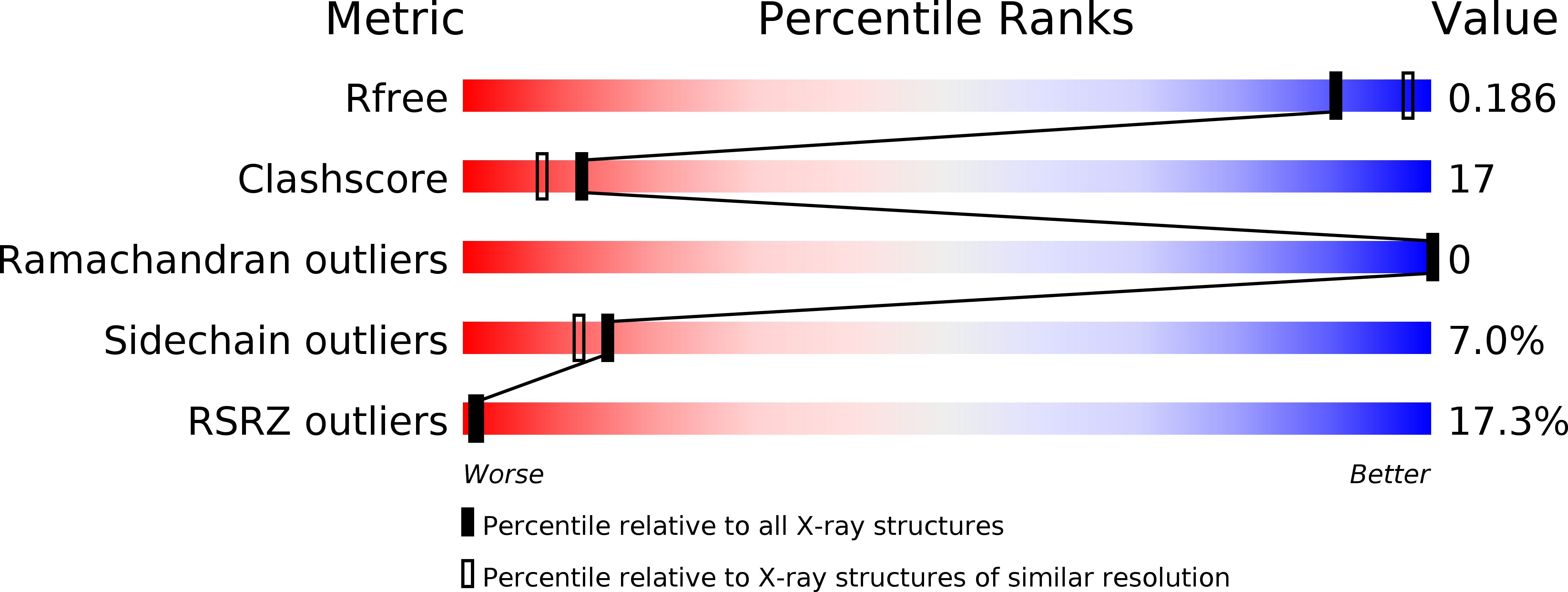
Deposition Date
2005-07-26
Release Date
2005-09-06
Last Version Date
2024-10-09
Entry Detail
PDB ID:
2AG8
Keywords:
Title:
NADP complex of Pyrroline-5-carboxylate reductase from Neisseria meningitidis
Biological Source:
Source Organism:
Neisseria meningitidis (Taxon ID: 122586)
Host Organism:
Method Details:
Experimental Method:
Resolution:
2.10 Å
R-Value Free:
0.25
R-Value Work:
0.17
R-Value Observed:
0.18
Space Group:
P 21 21 2


